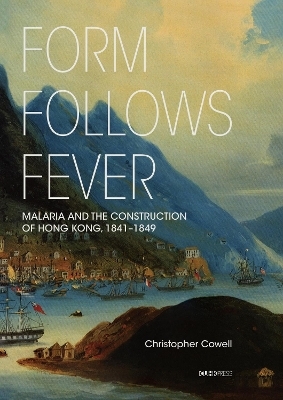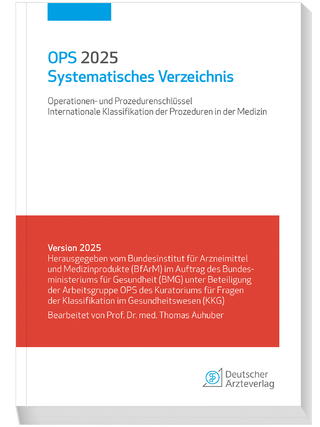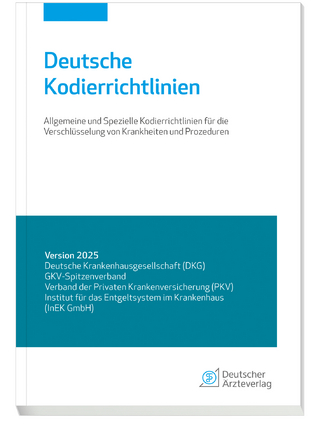
Form Follows Fever
The Chinese University Press (Verlag)
978-988-237-290-0 (ISBN)
Form Follows Fever is the first in-depth account of the turbulent early years of settlement and growth of colonial Hong Kong across the 1840s. During this period, the island gained a terrible reputation as a diseased and deadly location. Malaria, then perceived as a mysterious vapour or miasma, intermittently carried off settlers by the hundreds. Various attempts to arrest its effects acted as a catalyst, reconfiguring both the city's physical and political landscape, though not necessarily for the better.
Caught in a frenzy to rebuild the city in the devastating aftermath, this book charts the complex interplay between a cast of figures, from military surveyors, naval doctors, Indian sepoys, and corrupt and paranoid officials to opium traders, arsonists, Chinese contractors, and sojourner architects and artists. However, Hong Kong's 'construction' was not just physical but also imagined. Architecture, cartography, epidemiology, and urban infrastructure offer a critical forensic lens through which to examine the shifting ideologies of public health and space, race and place-making, and commerce and politics, all set against the radical alteration of the settlement—from shore-hugging to climbing city—in response to miasma theory, a pre-bacteriological belief in gaseous emanations from a sickly environment.
This kaleidoscopic study draws upon many unpublished textual sources, including medical reports, personal diaries and letters, government records, journal accounts, newspaper articles, and advertisements. As this history is set a decade before the introduction of photography to the colony, the book relies upon a variety of alternate visual evidence—from previously lost watercolour illustrations of the city to maps, plans, and drawings— that individually and in combination provide trace material enabling the reconstruction of this strange and rapidly evolving society. Form Follows Fever sheds new light on a period often considered the colonial Dark Ages in the territory's history.
Christopher Cowell received a PhD in architecture (history and theory) from Columbia University. He has taught worldwide, including in Hong Kong, New York, and more recently in Dublin, where he was assistant professor of modern and contemporary architectural history at Trinity College. He now lectures in architectural history and theory at London South Bank University. His longstanding historical research focuses on both southern China and northern India, exploring the entanglement of modernity within European imperialism and its participation in architecture and urbanism. Cowell's writing examines the relationship between the practice and theory of architecture against the cultural complexity of colonialism. This intersection draws upon the study of urban militarism, spatial security, hinterland ecologies, cartography, property, climate, disease, and race, among others.
| Erscheinungsdatum | 09.04.2024 |
|---|---|
| Verlagsort | Hong Kong |
| Sprache | englisch |
| Maße | 18 x 25 mm |
| Themenwelt | Informatik ► Weitere Themen ► Bioinformatik |
| Naturwissenschaften ► Geowissenschaften ► Geografie / Kartografie | |
| Technik ► Architektur | |
| ISBN-10 | 988-237-290-2 / 9882372902 |
| ISBN-13 | 978-988-237-290-0 / 9789882372900 |
| Zustand | Neuware |
| Informationen gemäß Produktsicherheitsverordnung (GPSR) | |
| Haben Sie eine Frage zum Produkt? |
aus dem Bereich


